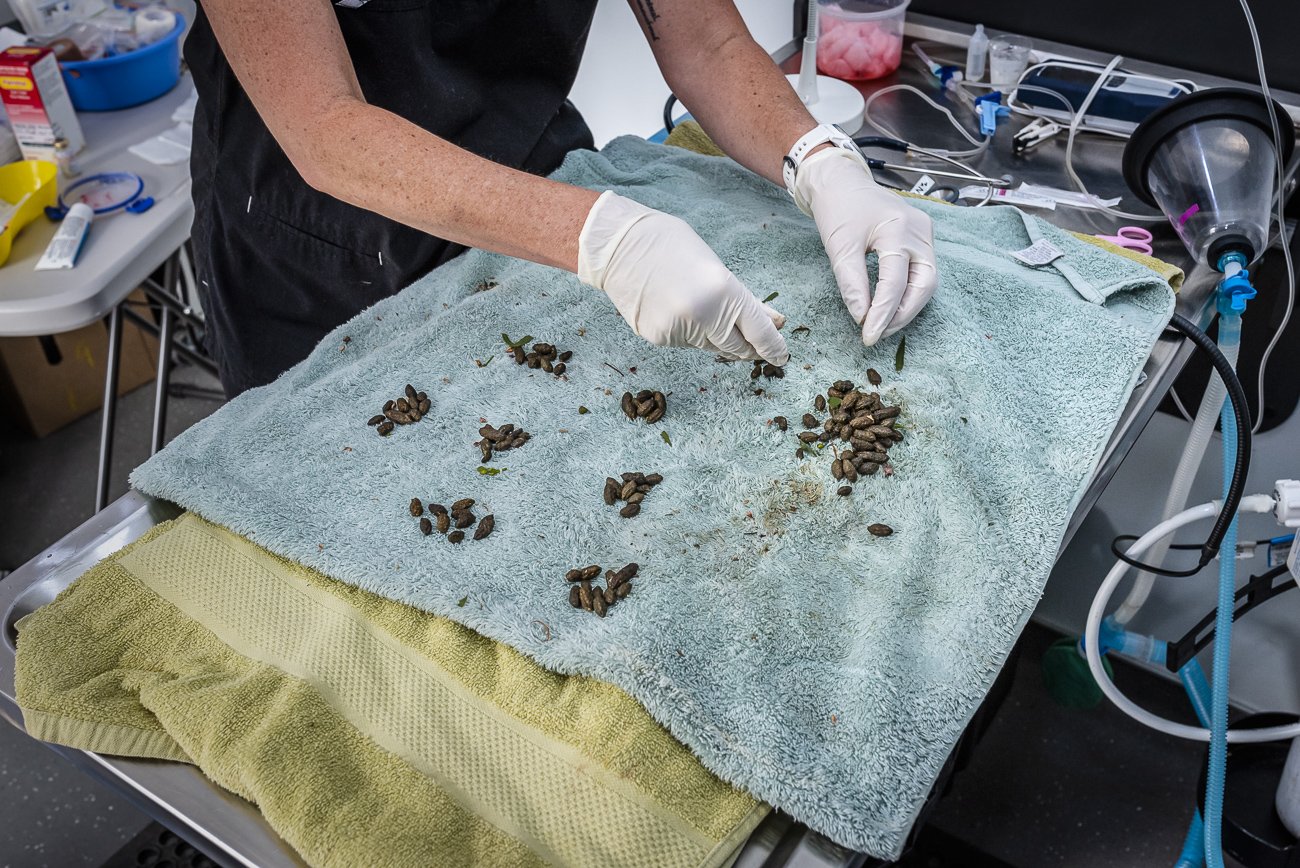Koala rescue











During 2019/20 bushfires ravaged Australia. One notable species that was severely impacted was the iconic koala (Phascolarctos cinereus). It was estimated that between 25%-50% of the population burnt to death, and many that didn’t, suffered horrific injuries. The efforts to rescue those that could be rescued was immense and passionate.
Koalas are incredibly hard to save because:
Koalas are incredibly hard to physically access for rescue:
Many places where koalas may be found are physically difficult and unsafe to get to in times of an emergency
i) Access roads and fire areas are blocked (by fire and tree falls) or officially closed (due to safety concerns of future tree falls and fires reigniting)
ii) Koalas may be many kilometres from access points (i.e. roads or tracks)
iii) Even once the fire has passed, the firegrounds can be dangerous for many months as burnt trees continue to fall
iv) Many koalas that need examination and rescuing are high in trees.Koalas are incredibly hard to treat successfully for burns and after significant trauma
For example
i) Koalas’ gut flora is delicately balanced to allow certain types of eucalyptus leaves in specific areas to be digested. Stress and treatment with antibiotics can upset their ability to digest food, causing them to starve to death
ii) Koalas require specific types of gum leaves (often from their own area), and with much of their local forest burnt or burning, availability and access to collect this can be extremely difficult.
iv) Burns to their feet can result in scar tissue which inhibits their ability to open their hands and grip trees to climb.
v) Koalas do not handle stress well, and even if healed from initial traumatic events, they can die unexpectedly months later. For example, there have been many koalas whose burns were healing well, only to suddenly die in care 2-3 months later from starvation, kidney and/or liver failure.Koalas are incredibly hard to release successfully (especially if relocating)
Even if a koala is rescued and the wounds healed, with many of their home areas destroyed, it often means that relocation to a different area is required. Due to competition, different habitat (i.e. gum leaves) and other unknown factors, relocation efforts have poor success rates.
This series shows some the extraordinary efforts that went in to rescuing, treating and releasing them back into the wild.
